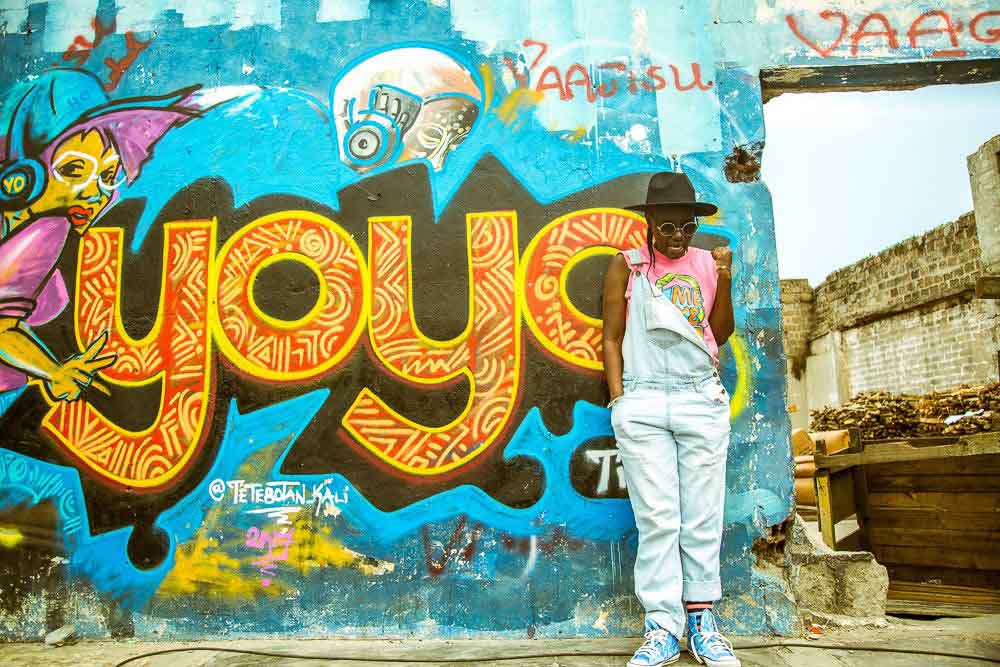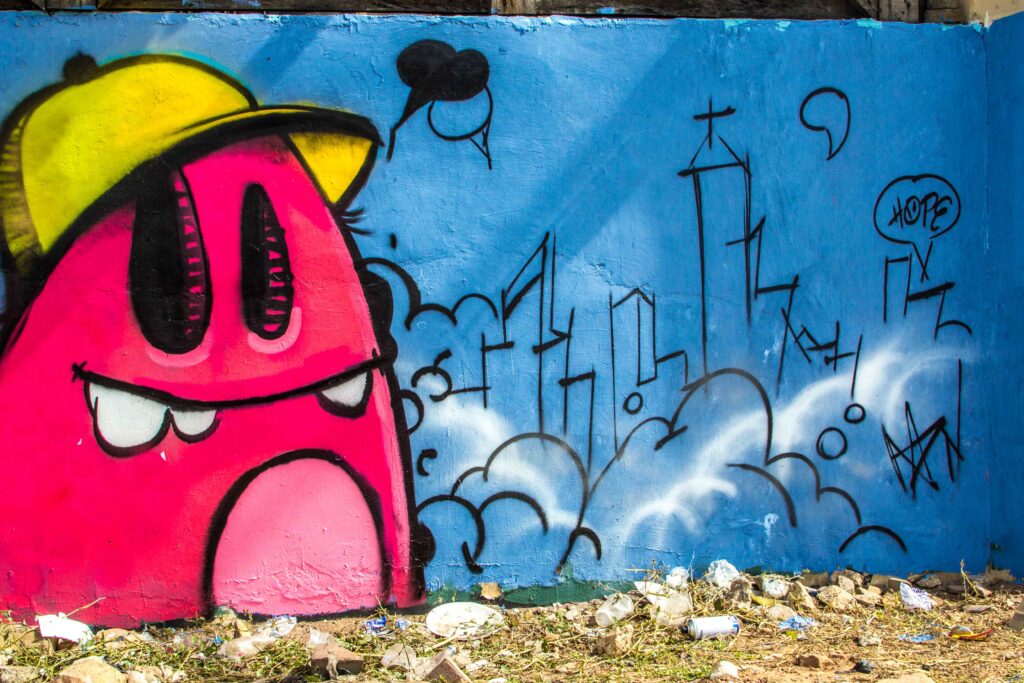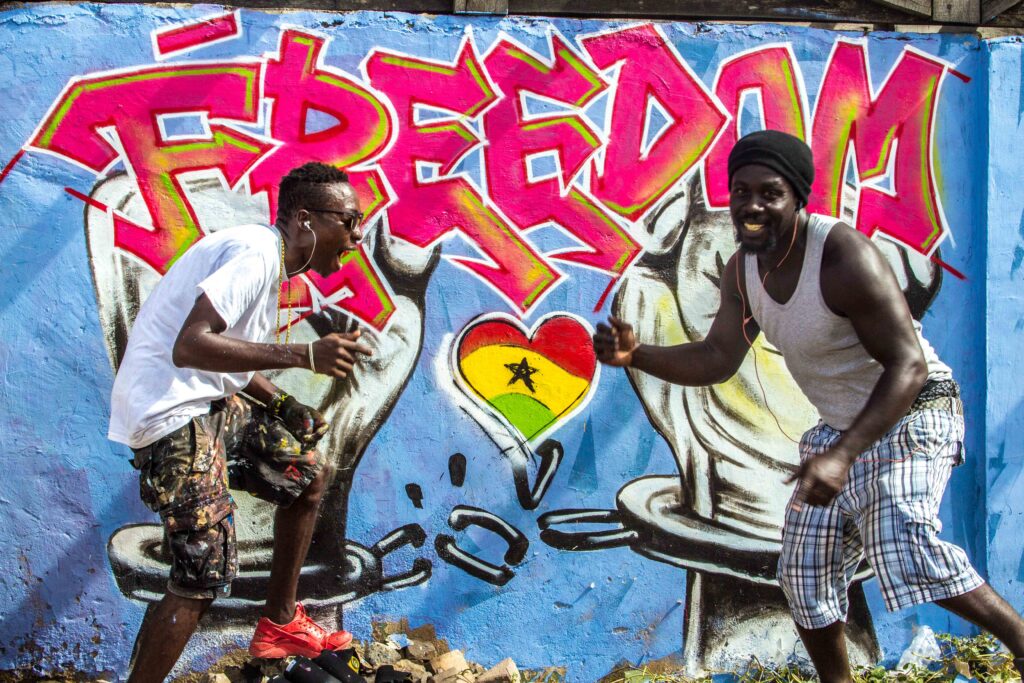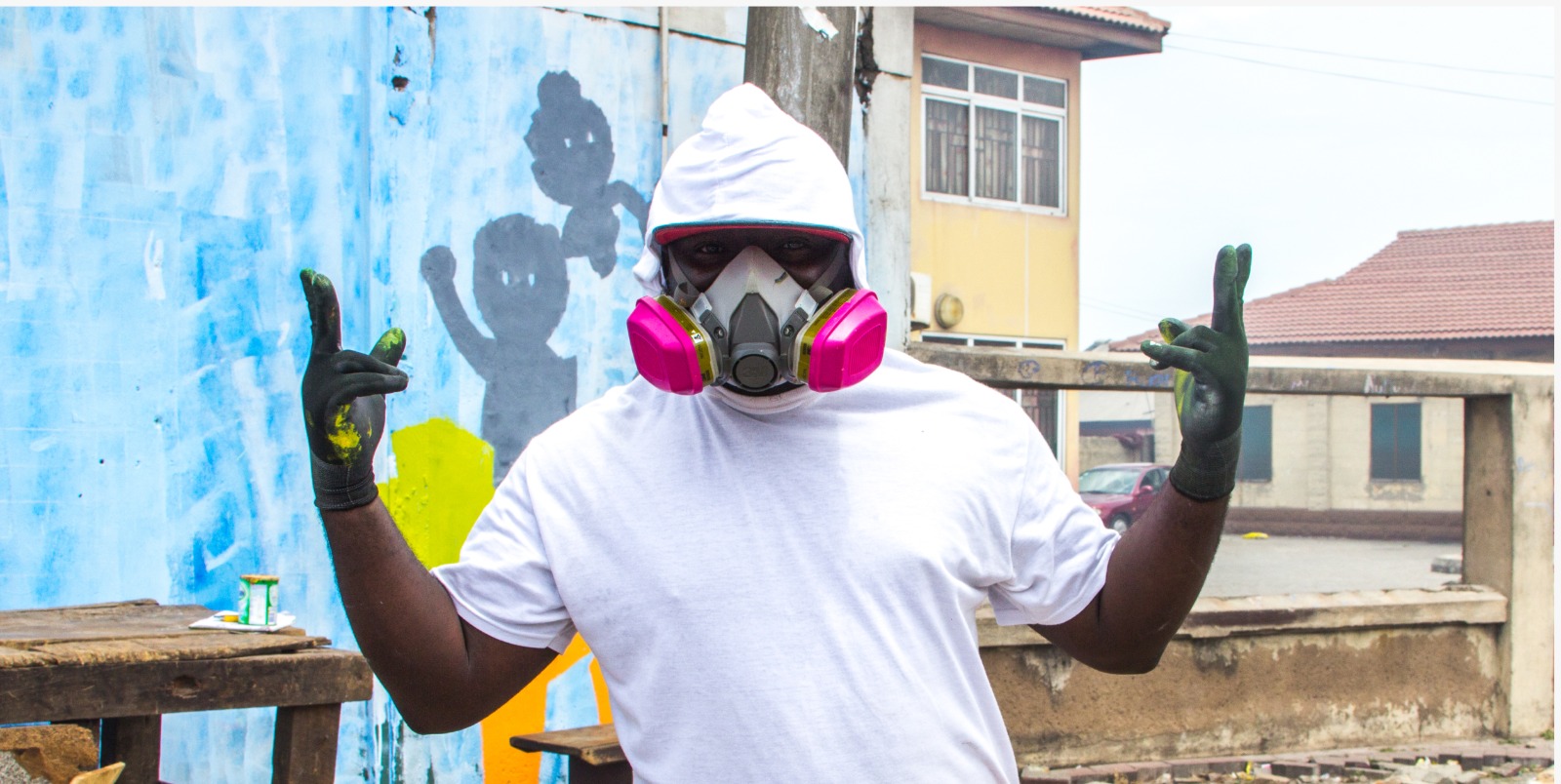50th Anniversary of Hip Hop. Step into the realm where paint collides with pavement, where rhythm dances in tandem with rebellion, and where graffiti transcends its canvas to inscribe stories upon the very walls that bear witness. As we stand at the crossroads of history, celebrating half a century of hip hop’s global odyssey, allow me to take you on a voyage through time and space. Together, let’s unearth how this great cultural pulse resounded within the intricate threads of Ghana’s vibrant tapestry. Ok enough of ‘brofo’

Genesis of Groove – Echoes from the Bronx:
Cast your imagination back to the imagery streets of the Bronx in the ’70s. It was here that hip hop, the phoenix of the underground, first took flight. A phenomenal blend of beats, rhymes, dance, and art formed the bedrock of this revolutionary movement. But let us not forget, halfway across the world, in the heart of our beloved Ghana, we were scribing our own rhythmic saga – the symphony of Hiplife. The legends of the genre, including the pioneering Reggie Rockstone and Panji wove a tapestry that melded the melodious strains of highlife with the vibrant attitude of hip hop. Through this creative alchemy, they unleashed a sonic revolution that reverberated through our collective soul.

Graffiti Alchemy – From Magazines to Walls:
Now, transport yourself to the late ’90s and early 2000s, as winds of transformation swept through the urban landscapes of Ghana (or so it seemed). Graffiti, an unapologetic rebellion in colors, emerged as the visual counterpart to the hip hop movement. It was a symphony of urban expression, conducted by visionary artists like Cil Pesewa, Rab Bakari, Bushké, JahWi, and oh myself coming in late. With each deft stroke of their spray cans, they graced spaces like lifestyle magazines walls walls with narratives that resonated as much with defiance as with cultural identity. Every piece became a stanza, every image a refrain in the anthem of self-expression that rang through the city streets. Strictly graffiti styles like Funk, Teckno, Bubble and Wildstyle throwups and pieces were done. This was the era of war on graffiti (the illegal art)

Street Chronicles – Murals as Living Chronicles:
And then, in the dawn of 2010, a renaissance was ignited. The very streets underwent a transformation, evolving into open-air galleries where color, form, and emotion merged. This time around there’s a chance to make it legal; a moment to get paid to put ideas on walls. Image-based visual art became prominent. Artists like MOH, Scarecrow, Kali, Deff, Bright Ackwerh, H. Nortey, Ashenso, and Ananse just to mention a few became the brush-wielding bards of our modern era. Their murals transcended artistry, becoming living chronicles of our time—depicting unity, celebrating history, and encapsulating the very essence of our people. These street murals were more than just images; they became interactive narratives, engaging all who walked by. Then the new school crazies like Sky Scrappa and Roxy leading their own cohort doing 90s graffiti with a modern twist.

As the golden anniversary of hip hop envelops us, let us raise our voices to salute those who’ve evolved from mere artists to architects of our sonic universe. They are the culture mixers, the maestros of murals, and the conductors of a symphony woven by the threads of Hiplife and the vibrant hues of graffiti. This celebration isn’t merely about the passage of time; it’s a tribute to the symphony of life, art, and rhythm that defines us as Ghanaians.
I’m tired of writing now. So S/O to Lord Kenya, Obrafour, Lord Kenya, VIP, Tic Tac, Last Two, Buk Bak, TH4 Kwagyes, Sarkodie, FOKN BOIZ and everyone who contributed to all that. Special thanks to the graffiti subculture stakeholders like yoyo tinz.
Chale I’m at some point you can’t write again. You can’t cheat nature. I’m going to rest
Author

